
Scrum Product Ownership (Video)
What does Scrum Product Ownership have to do with dinosaurs? Watch to our video below as Yuval Yet, PST gives insightful information about unique value propositions, minimally marketable features, and so much more!

What does Scrum Product Ownership have to do with dinosaurs? Watch to our video below as Yuval Yet, PST gives insightful information about unique value propositions, minimally marketable features, and so much more!
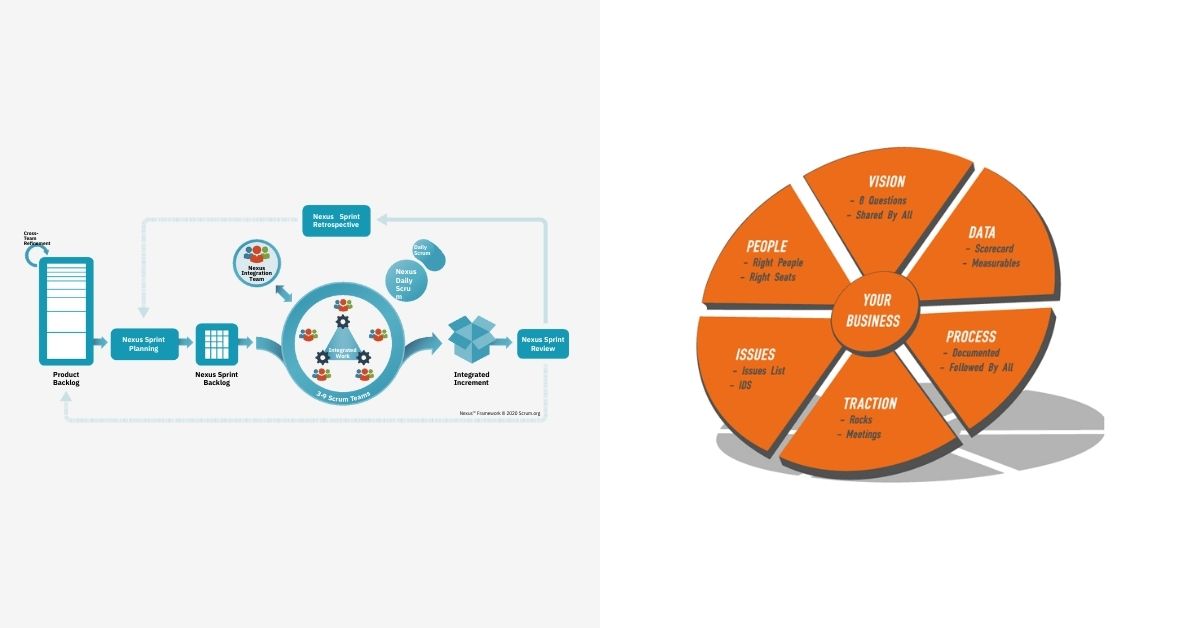
I’m hearing from more and more companies that are using the Entrepreneurial Operating System® (EOS®) and are also looking at or practicing Agile e.g. using

Everybody wants to Scale Scrum So you have a couple of Scrum Teams that are working in adjacent areas and you’re starting to face some
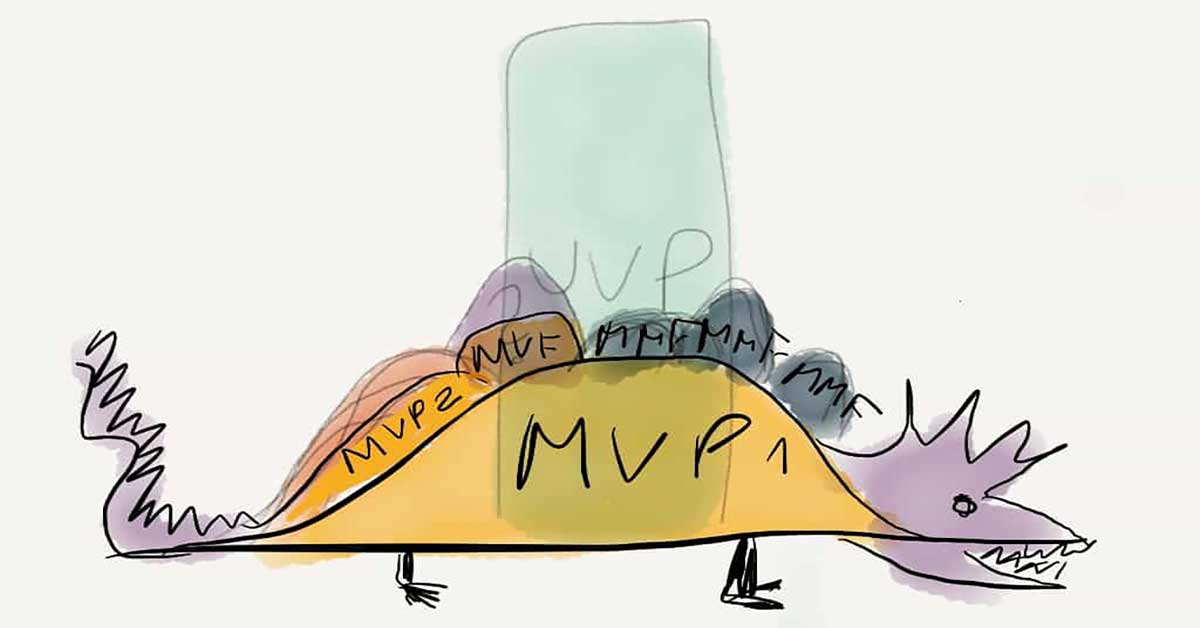
What does Scrum Product Ownership have to do with Dinosaurs?
We typically say that Scrum Masters get to herd cats. But Scrum Product Owners actually need to learn how to ride a Dinosaur! With the click-bate established, what does that even mean?

Recently in retrospectives of one of the scrum teams, one team member had some strong opinions about guidelines that were defined for code reviews. Besides what to review and how to review, the guidelines also had some instructions on who should review which features/stories’ code. He strongly felt that the reviewers for his stories didn’t add much value, the code reviews waited longer for feedback, and the reviewer didn’t seem to have much context, so didn’t add much value. He felt that his design reviewers or his colleagues working on the same story should have been the peer reviewers!

Scaling Agile Reading List Dave Snowden “Put brutally SAFe Implementation Roadmap – Scaled Agile Framework Implementing – Scaled Agile Framework portfolio+kanban Here Be Dragons –
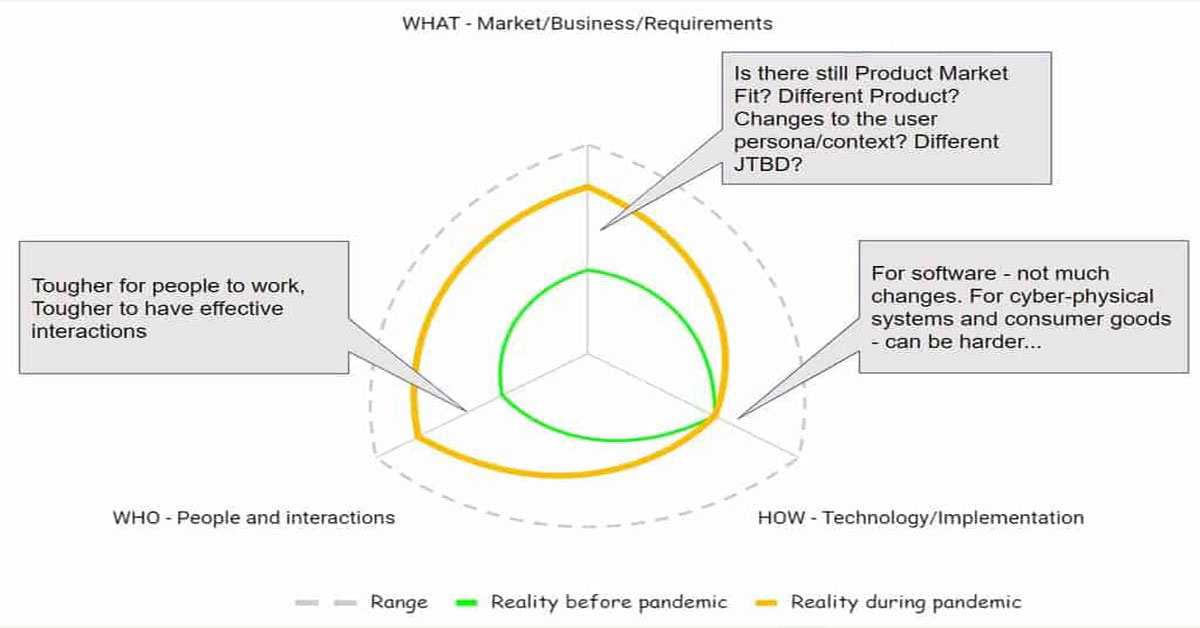
A fresh perspective on uncertainty, complexity, empiricism, and flow and what to do about it.
The COVID-19 pandemic gives us plenty of opportunities to think about uncertainty, and complexity, and how to deal with those using Empiricism.
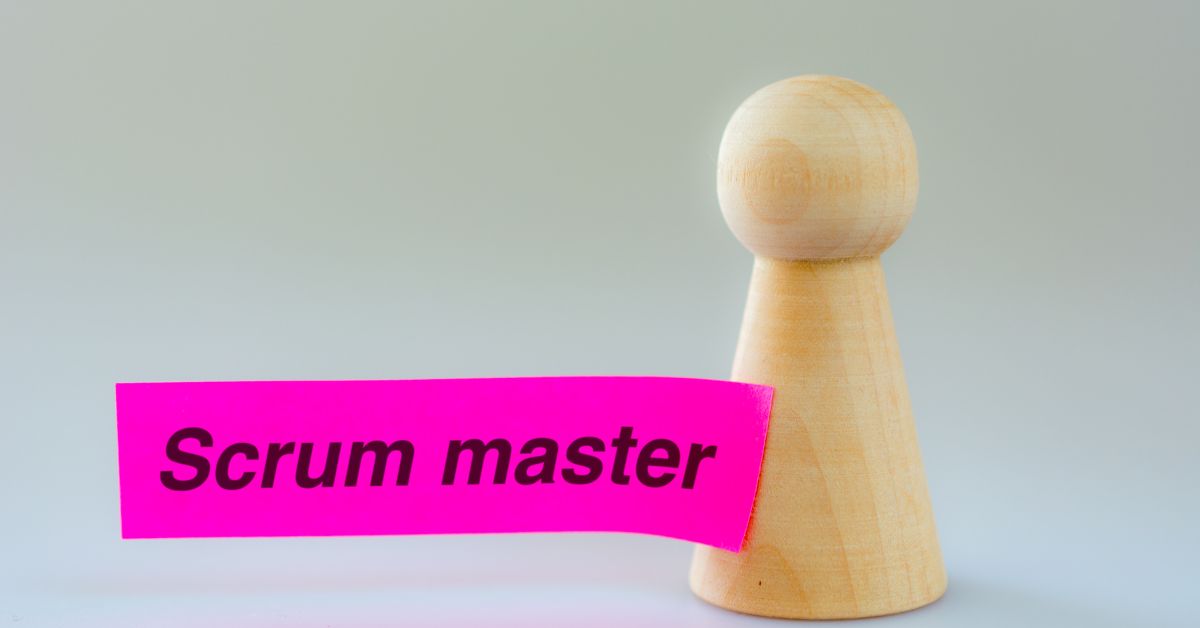
The Scrum Master’s role has become one of the most important and challenging roles in modern organizations since they act as the main interface between top management and the teams that actually produce and deliver the company’s value to the customer.

To Team or not to Team?
If you look at the definition of Kanban or Lean, you wouldn’t find teams anywhere there.
If you look at the Agile Manifesto, you can find “The best architectures, requirements, and designs
emerge from self-organizing teams”
Scrum is quite clear about the topic
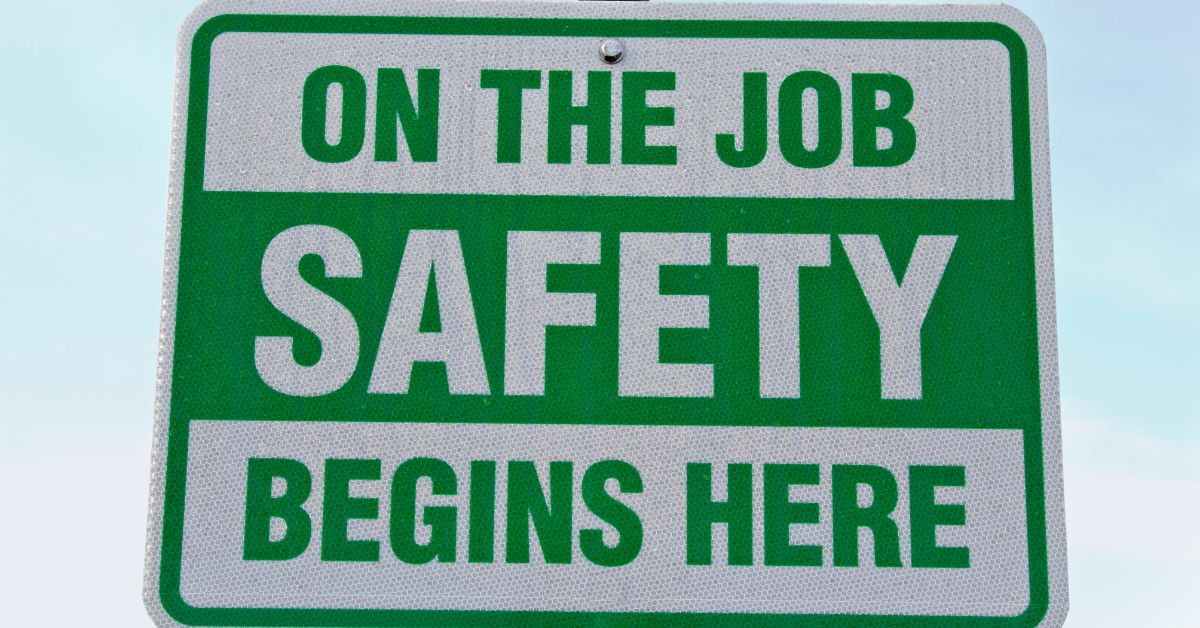
SAFe includes Scrum – so how come many Scrum practitioners and thought leaders consider it unsafe?
The Scaled Agile Framework (SAFe™) is one of the most popular approaches to applying agile at scale out there. SAFe’s perspective is that “Nothing beats an Agile Team” and it doesn’t try to reinvent the wheel or even innovate too much when it comes to the Team level. It takes advantage of established frameworks and techniques that work well – Scrum being the first and foremost of those.
Request for additional information and prices